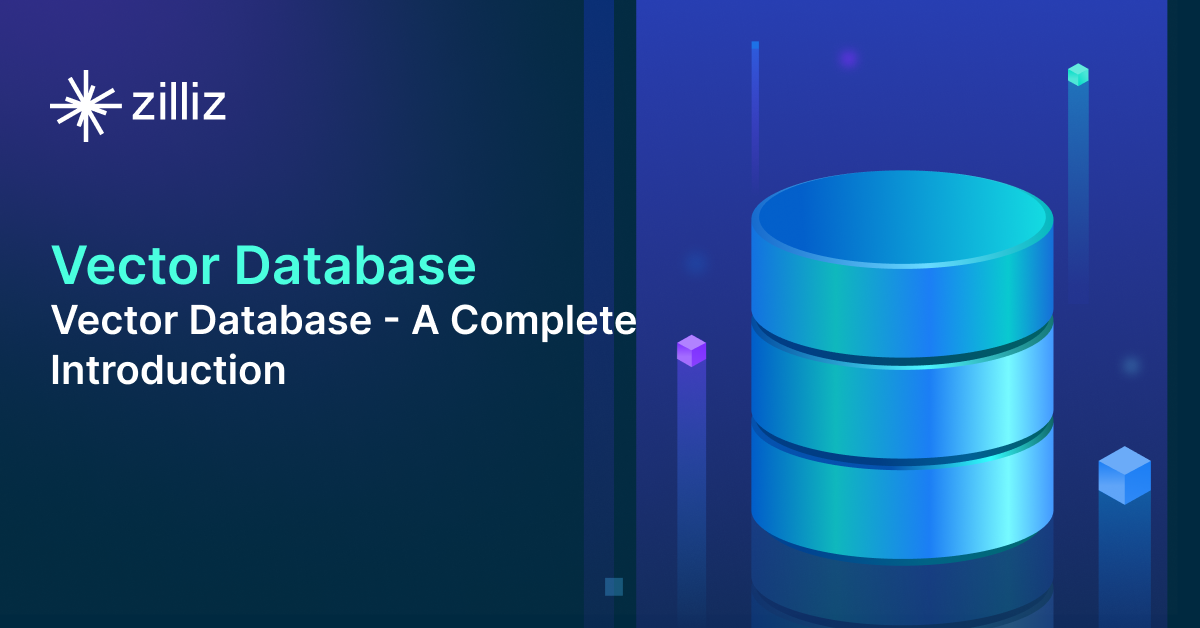
VectorDB 101
What is a Vector Database and how does it work: Implementation, Optimization & Scaling for Production Applications
A vector database stores, indexes, and searches vector embeddings generated by machine learning models for fast information retrieval and similarity search.
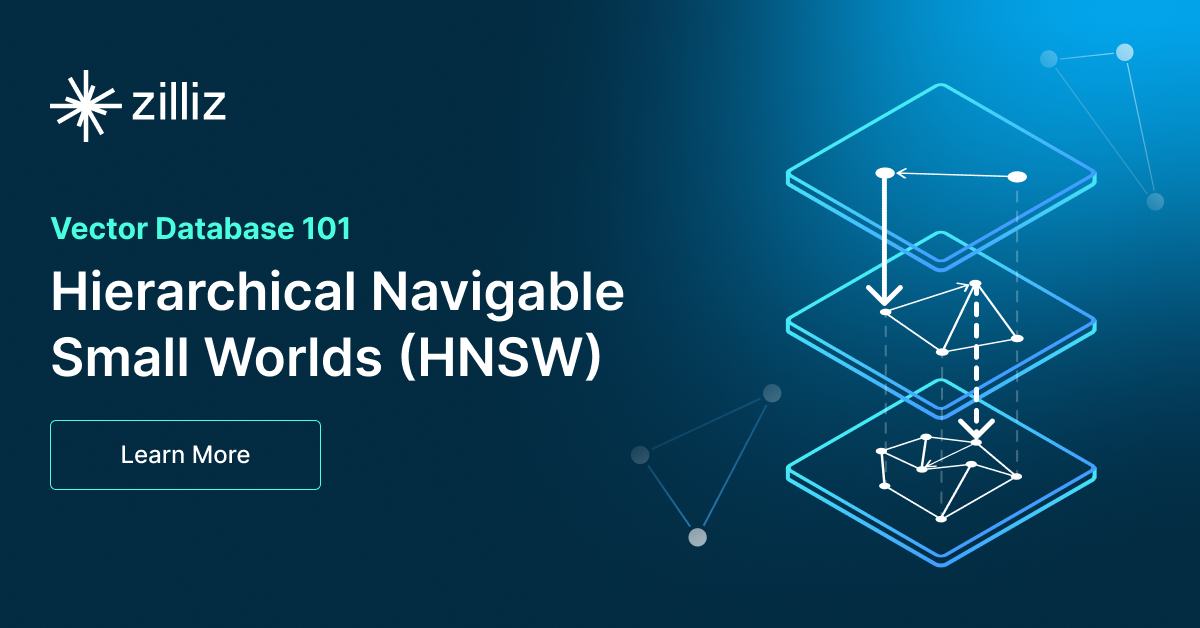
VectorDB 101
Hierarchical Navigable Small Worlds (HNSW)
Hierarchical Navigable Small World (HNSW) is a graph-based algorithm that performs approximate nearest neighbor (ANN) searches in vector databases.
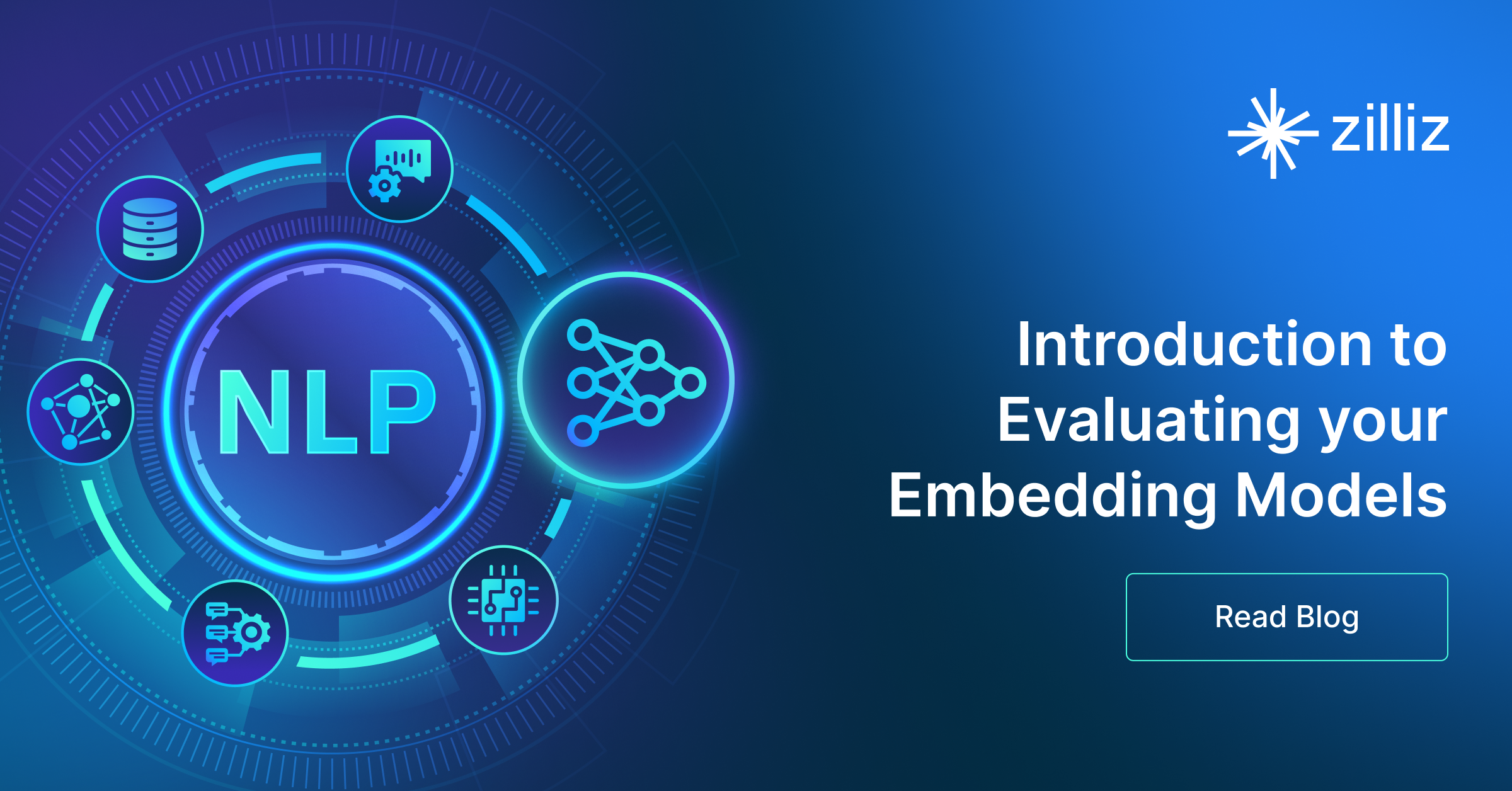
Engineering
Evaluating Your Embedding Model
We'll review some key considerations for selecting a model and a practical example of using Arize Pheonix and RAGAS to evaluate different text embedding models.
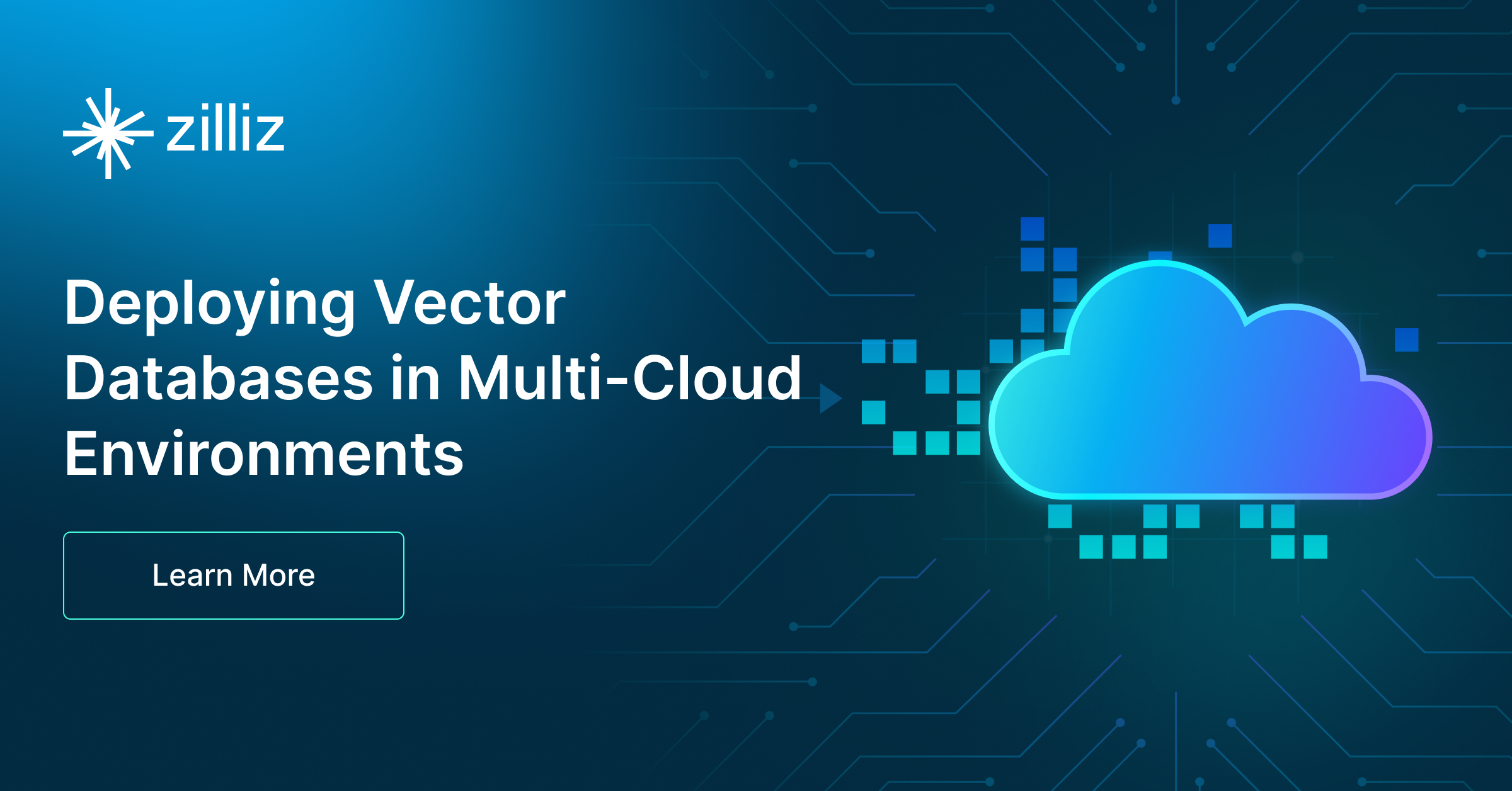
VectorDB 101
Deploying Vector Databases in Multi-Cloud Environments
Multi-cloud deployment has become increasingly popular for services looking for as much uptime as possible, with organizations leveraging multiple cloud providers to optimize performance, reliability, and cost-efficiency.
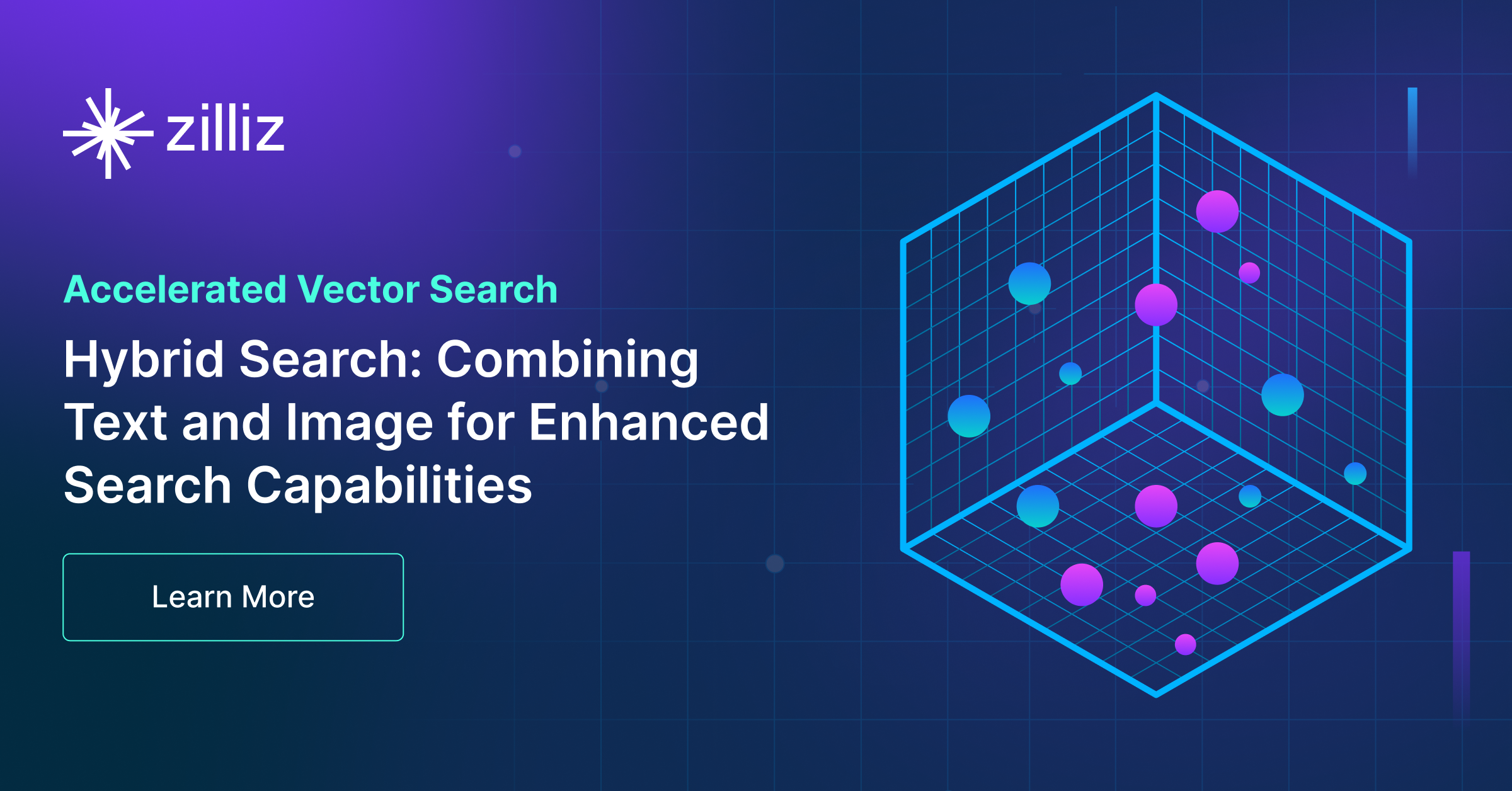
Engineering
Hybrid Search: Combining Text and Image for Enhanced Search Capabilities
Milvus enables hybrid sparse and dense vector search and multi-vector search capabilities, simplifying the vectorization and search process.
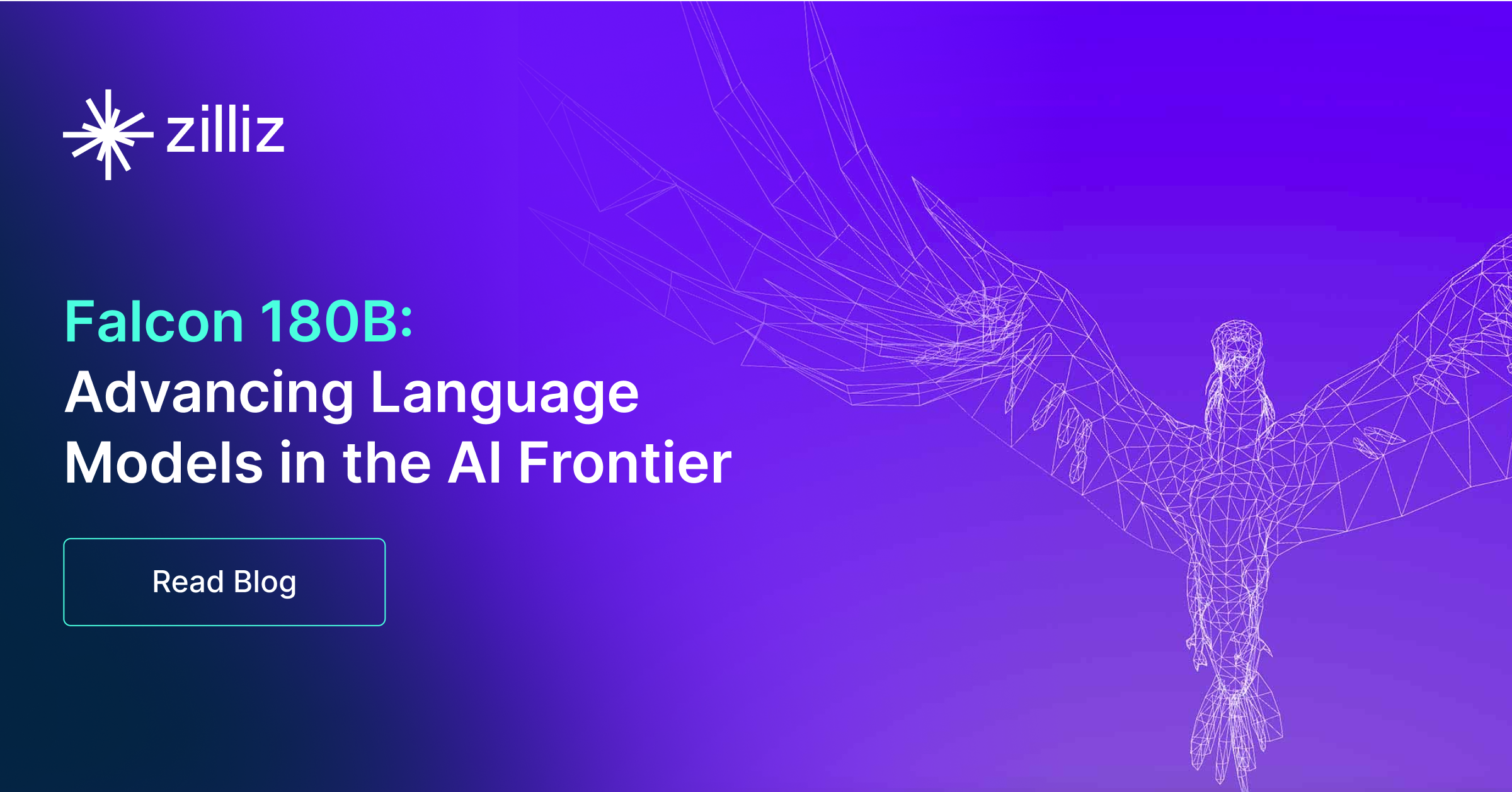
Engineering
Introduction to the Falcon 180B Large Language Model (LLM)
Falcon 180B is an open-source large language model (LLM) with 180B parameters trained on 3.5 trillion tokens. Learn its architecture and benefits in this blog.
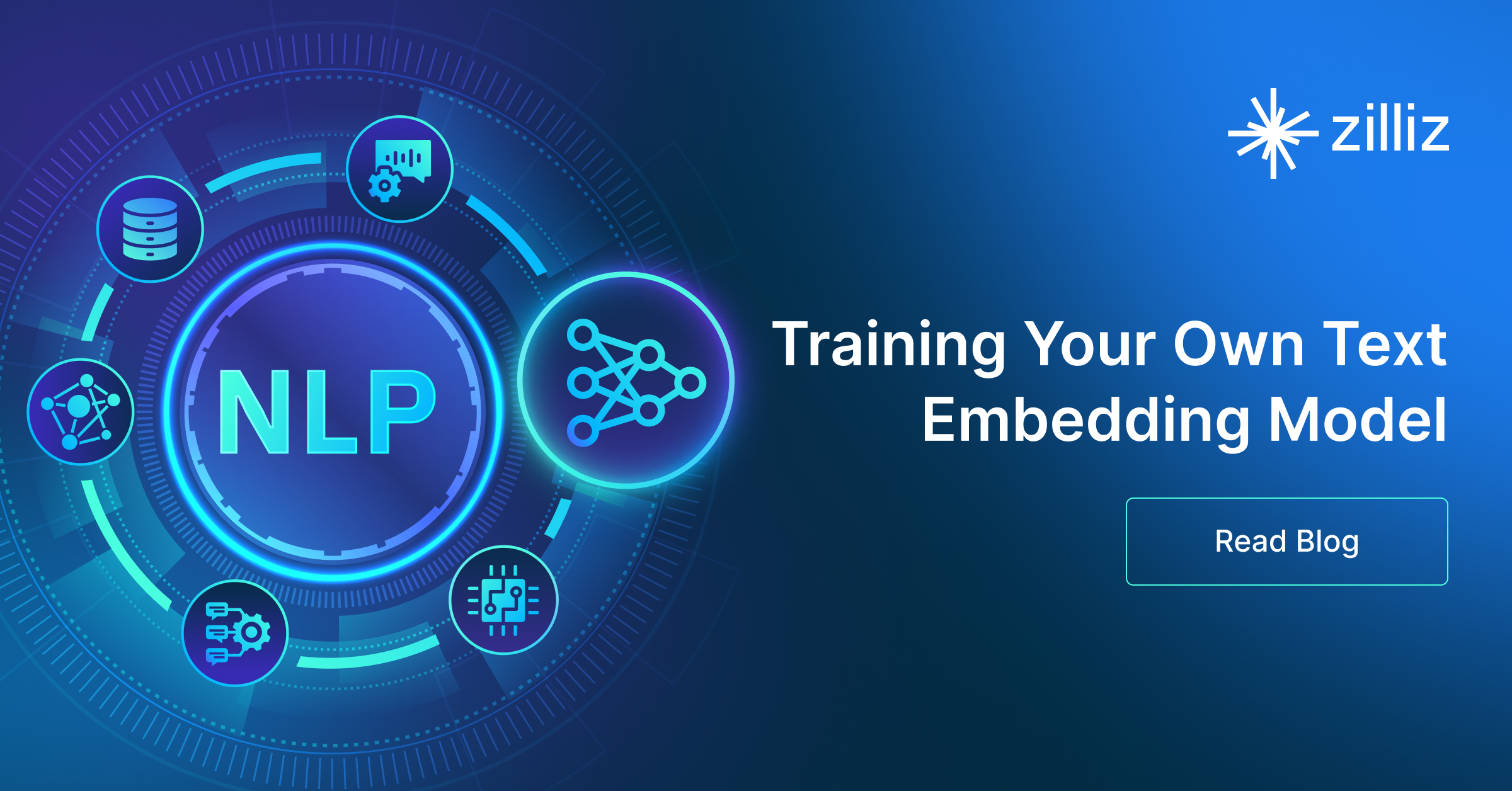
Engineering
Training Your Own Text Embedding Model
Explore how to train your text embedding model using the `sentence-transformers` library and generate our training data by leveraging a pre-trained LLM.
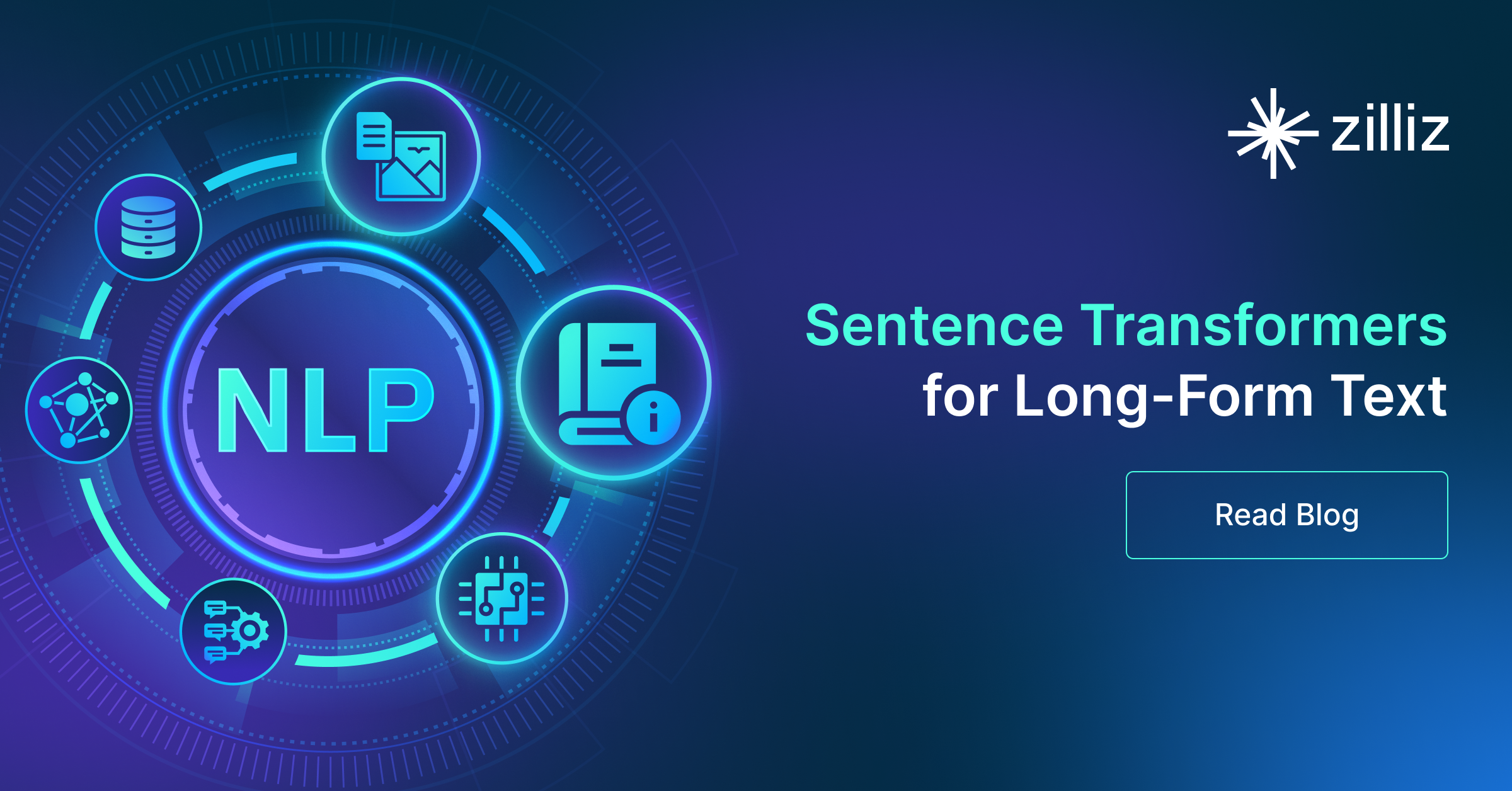
Engineering
Sentence Transformers for Long-Form Text
Learn about sentence transformers for long-form text, Sentence-BERT architecture and use the IMDB dataset for evaluating different embedding models.
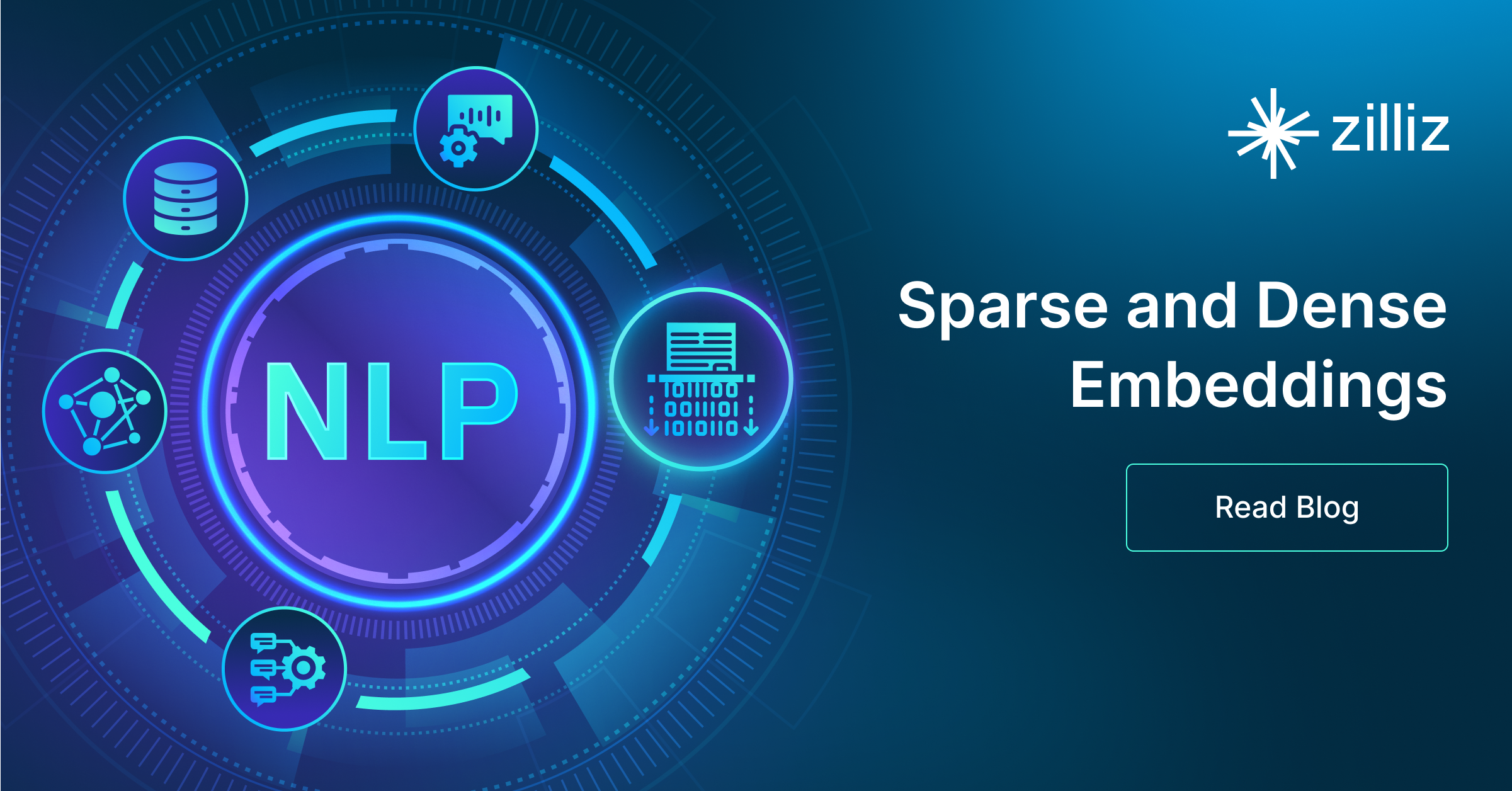
Engineering
Sparse and Dense Embeddings
Learn about sparse and dense embeddings, their use cases, and a text classification example using these embeddings.